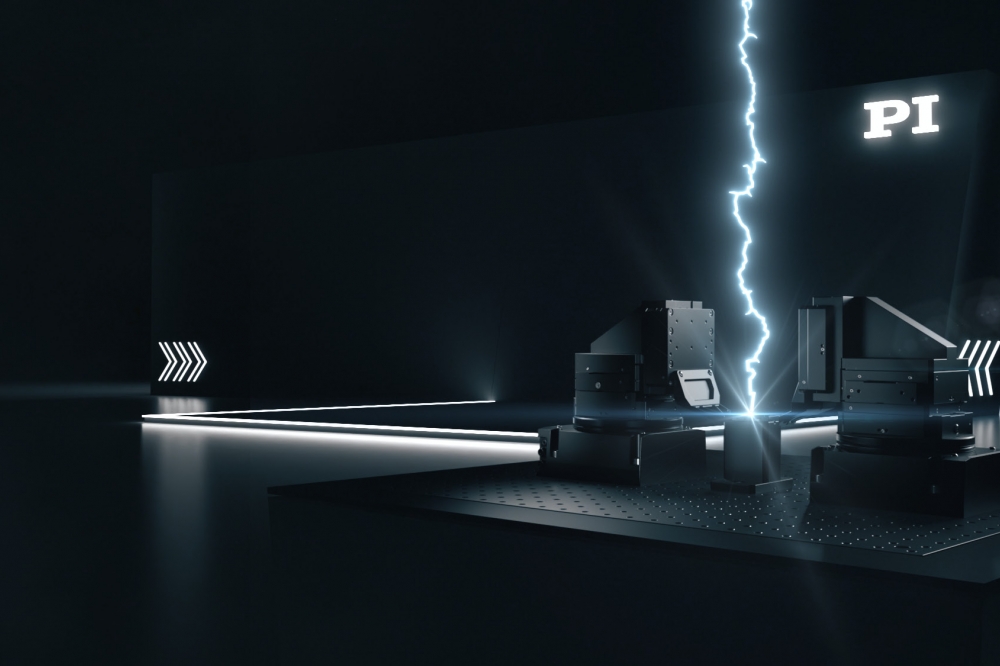PI launches new algorithm for photonic alignment

Physik Instrumente says its new PILightning algorithm with integrated AI-based function will further its leadership in enabling rapid scaling of photonics manufacturing
Physik Instrumente (PI) has introduced its new PILightning algorithm for photonic alignment at SPIE Photonics West. The latest functionality to be added to PI’s photonics process automation suite, the company says that PILightning is fully autonomous, eliminating the need for time-consuming searches or manual intervention, and significantly driving down costs for test and assembly in industrial photonics alignment applications, from wafer probing to final packaging. PI hopes that this product will facilitate the rapid manufacturing scaling of photonics.
Fast Multichannel Photonics Alignment (FMPA) technology, introduced by PI in 2016, reduces the time and cost of manufacturing and testing of photonic devices and improves yield. But before the optimisation process can even start, an optical signal, above the noise level, must be detected – a process called first light detection.
Finding first light has been a costly, laborious procedure in all industrial photonics alignment applications, including wafer probing and device packaging, but it is particularly time-consuming in devices with inputs and outputs where both sides must be lined up for even a threshold amount of coupling to be achieved.
To address this, PILightning is based on a new search method with integrated AI-based real-time executive function. PI says it replaces fine-pitch scanning by high-frequency data sampling, raising acquisition speeds, and reduces the time required to acquire first light in single- and double-sided couplings and in loopback (omega) waveguide configurations.
According to the company, tests have demonstrated improvements of one order of magnitude and more in single-sided alignment applications, with even higher gains being achieved in double-sided first light detection applications. The larger the search area and the more complex the alignment, the more significant the gain.
The PILightning algorithm is immediately available on PI’s ultra-clean air bearing-based F-142 and F-143 multi-axis photonics alignment system, as well as ACS-based Nanocube and steering-mirror controllers. Further modular expansion and potential upgrades to existing FMPA systems are being developed.



































